Results
-
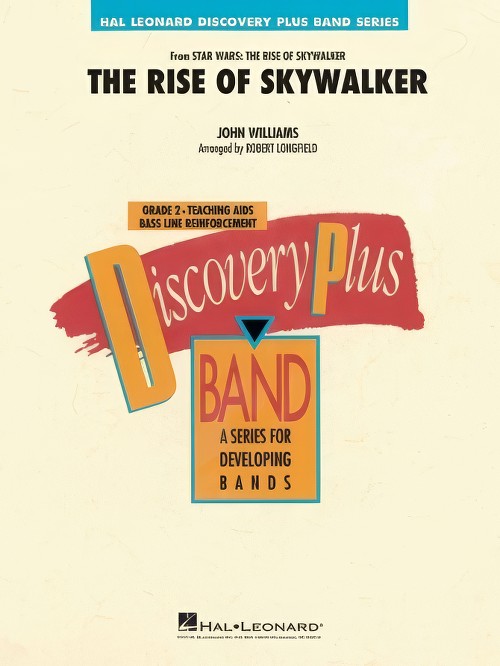 £53.50
£53.50The Rise of Skywalker (Concert Band - Score and Parts) - Williams, John - Longfield, Robert
The stunning John Williams soundtrack for The Rise of Skywalker recalls many of the signature themes from the entire Star Wars saga. Among the new material is this touching and memorable lyric theme that features flowing melodic lines, and beautiful harmonies.
Estimated dispatch 7-14 working days
-
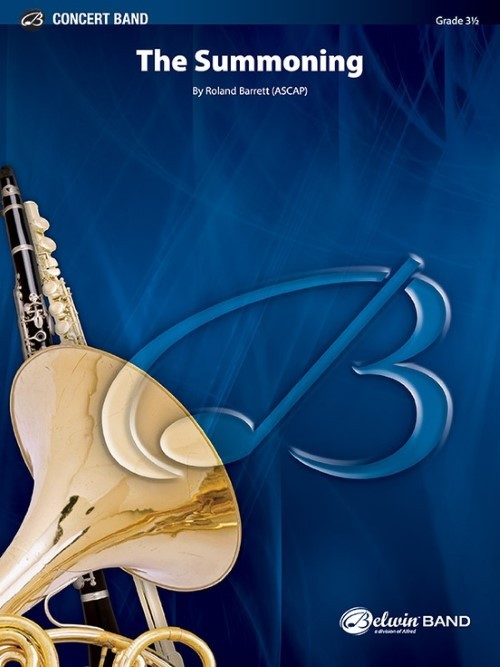 £71.95
£71.95The Summoning (Concert Band - Score and Parts) - Barrett, Roland
Featuring vividly contrasting dynamics and style with an occasional hint of contemporary notations, this stunning work was commissioned by the Honeove Falls-Lima High School Wind Ensemble in New York and their director Mark Borden. Opening with four brass soloists stationed throughout your performance area are interrupted with thunderous percussion punctuation. The composer seamlessly transitions from vigorous musical statements to chaotic motifs resolving to flowing charismatic melodies. Certain to command attention and arouse the senses. Duration: 5:45
Estimated dispatch 7-14 working days
-
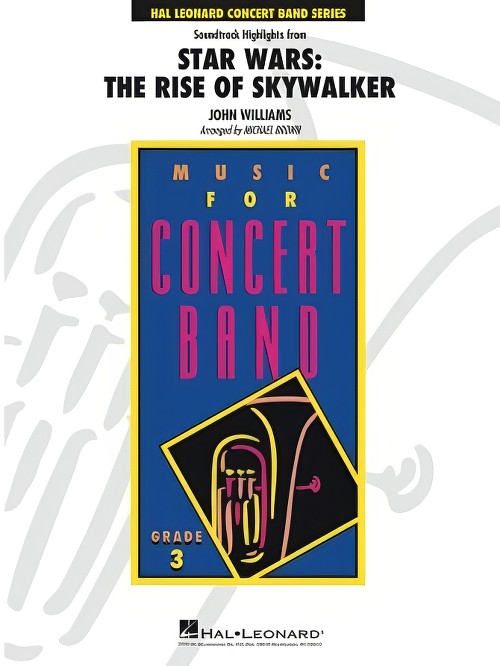 £72.99
£72.99Star Wars: The Rise of Skywalker, Soundtrack Highlights from (Concert Band - Score and Parts) - Williams, John - Brown, Michael
The Star Wars saga wraps up in grand style with the blockbuster movie The Rise of Skywalker. Featuring a skillful blending of familiar older themes along with dramatic new material, John Williams again shows he's the master music for film. This effective and satisfying medley is sure to become a concert highlight.
Estimated dispatch 7-14 working days
-
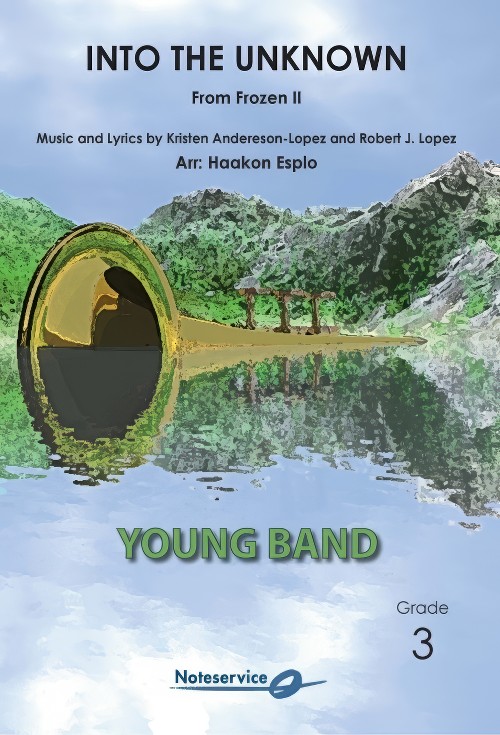 £71.00
£71.00Into the Unknown (from Frozen 2) (Concert Band - Score and Parts) - Anderson-Lopez & Lopez - Esplo, Haakon
Composers Kristen Anderson-Lopez and Robert Lopez have once again written music for Disneys sequel film Frozen II after great success in 2013 with Frozen. Many will probably remember Let it Go which became a big hit from this movie. The new movie continue to follow the main character Elsa, who sings her amazing musical number "Into the Unknown" in Frozen II. The song describes Elsa's inner conflict of choice to leave Arendelle or trace the source of a mysterious voice she continues to hear. The song is originally sung by Idina Menzel and the Norwegian artist Aurora and has elements and motifs inspired by Scandinavian herding calls. As always, the music is both magnificent and captivating and will surely be a hit for many years to come. Duration: 3.00
Estimated dispatch 7-14 working days
-
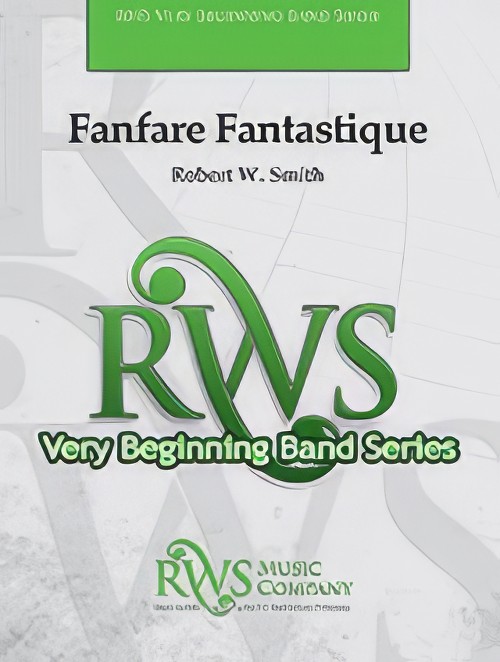 £50.00
£50.00Fanfare Fantastique (Concert Band - Score and Parts) - Smith, Robert W.
Written as an opener for your beginning band concert, Fanfare Fantastique is bold, exciting and aggressive work that will clearly make a strong musical statement. Active percussion combined with powerful melodic lines in the brass and woodwinds, this new contemporary classic by Robert W. Smith will make your young band sound mature and artistically accomplished. Appropriate for any concert or festival performance. Duration: 2.15
Estimated dispatch 7-14 working days
-
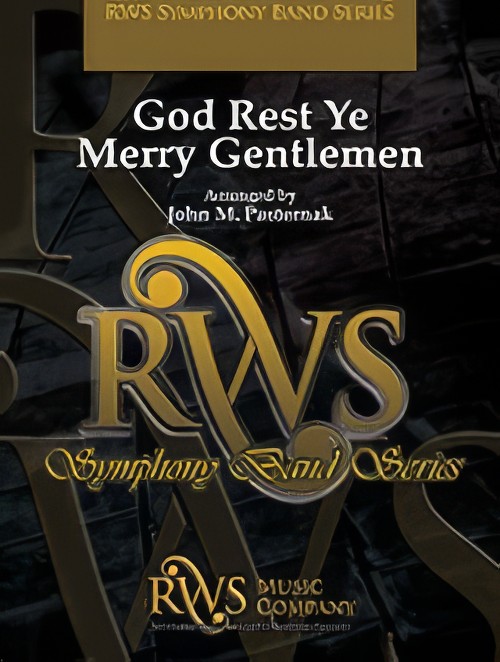 £95.00
£95.00God Rest Ye Merry Gentlemen (Concert Band - Score and Parts) - Pasternak, John M.
John M. Pasternak has created an imaginative new setting of the holiday classic. This upbeat, rock and roll style arrangement will be fun for your students and a crowd favorite at your winter program. Set in 7/8, God Rest Ye Merry Gentlemen is an excellent teaching tool making the work on multi-meters enjoyable and rewarding! Duration: 2.45
Estimated dispatch 7-14 working days
-
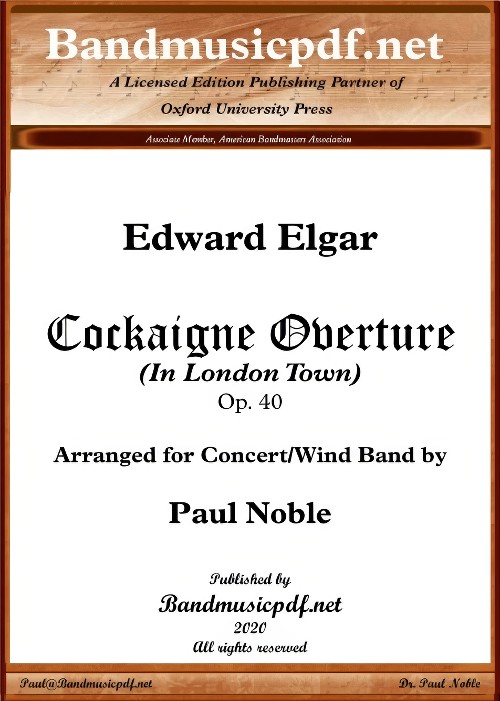 £150.00
£150.00Cockaigne Overture (In London Town) (Concert Band - Score and Parts) - Elgar, Edward - Noble, Paul
Cockaigne Overture was composed when Edward Elgar received a commission from the Royal Philharmonic Society, and he reported that the new piece was "cheerful and Londony, 'stout and steaky'...honest, healthy, humorous and strong, but not vulgar." The first performance was in the Queen's Hall, London, on 20 June 1901, conducted by the composer. He dedicated the work to his "many friends, the members of British orchestras." The music was an immediate success and became one of Elgar's most popular works. In its 15 minutes or so, the overture gives a lively and colourful musical portrait of Edwardian London. 'Cockaigne' was a term used by moralists at that time as a metaphor for gluttony and drunkenness, while Britain adopted the name humorously for London, and from it we get the Cockney. Cockaigne or Cockayne /ka' kein/, the word origin tracing back to the 13th century, is a land of plenty in medieval myth, an imaginary place of extreme luxury and ease where physical comforts and pleasures are always immediately at hand and where the harshness of medieval peasant life does not exist. The work presents various aspects of turn-of-the-century London and Londoners. It begins with a quiet but bustling theme which leads into an unbroken sequence of snapshots: the cockneys, the church bells, the romantic couples, a slightly ragged brass band (perhaps the Salvation Army) and a contrastingly grand and imperious military band. The broad theme representing Londoners has been stated as the first occurrence of Elgar's trademark direction, 'nobilmente.' The work ends in a characteristically Elgarian blaze of sound, including an optional full organ.
Estimated dispatch 7-14 working days
-
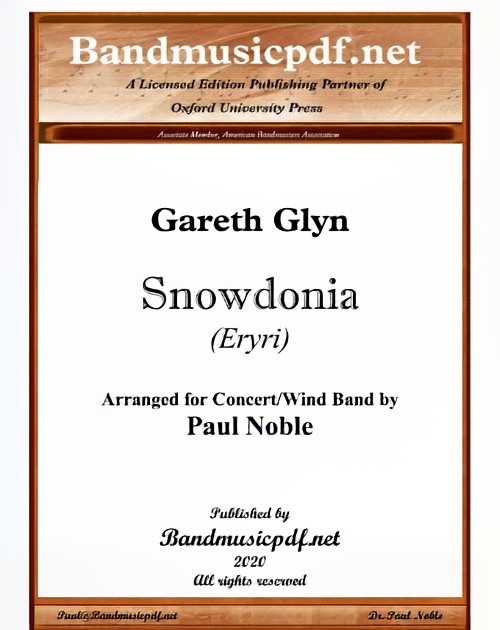 £225.00
£225.00Snowdonia (Concert Band - Score and Parts) - Glyn, Gareth - Noble, Paul
From the composer's home on Anglesey, the magnificent mountain range of Eryri ('abode of the eagles'), known as Snowdonia in English, can be seen clearly, and it is this fine view that spurred him to compose this tone-poem. Just as the mountains change from season to season, and the view alters as one climbs the slopes, there are several distinct and contrasting sections to the piece itself. First we hear the bustle and excitement of the area in summer, as tourists flock to the foot of Snowdon; then an impression of the confident striding of those setting off to climb. After a brisk climax, the codetta to the energetic theme becomes the basis of a new, folk-like, idea which develops into a majestic anthem suggesting the grandeur of the mountain-range. The famous little train of Snowdon is brought to mind by a repetitive, mechanical idea which leads to a section combining both the main themes of excitement and grandeur, and to a powerful climax. Then, after a moment of silence, the atmosphere changes completely. Here is the ineffable solitude - and timeless beauty - of Snowdonia; but from the cellos (saxophone) we soon hear the folk-like theme slowly re-asserting itself, resolving into a peremptory fanfare which leads back to the opening mood and a return of the opening theme. But the final word is given to the 'solitude' motive, now transformed into a resolute chorale representing the eternal permanence of these extraordinary mountains.
Estimated dispatch 7-14 working days
-
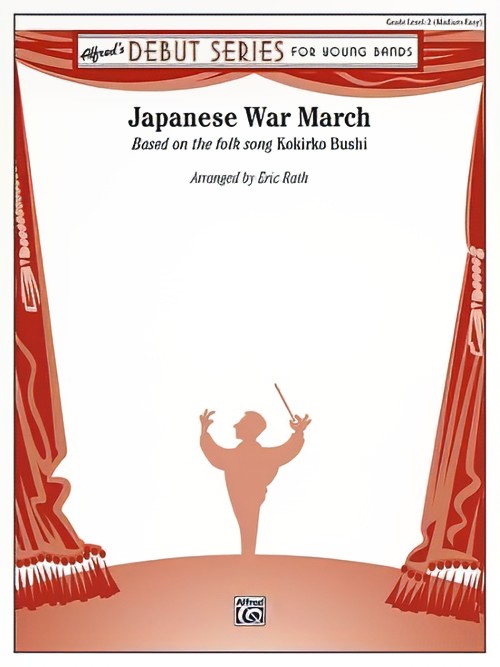 £53.95
£53.95Japanese War March (Concert Band - Score and Parts) - Rath, Eric
Based on the folk song, Kokirko Bushi. Kokiriko Bushi is long believed to be the oldest folk song in Japan. Normally, this song is presented in a serene setting, but has a new life as an up-tempo, war-like march. A vast array of authentic sounds is used, inspired by Japanese Noh Theater. Duration: 2:30
Estimated dispatch 7-14 working days
-
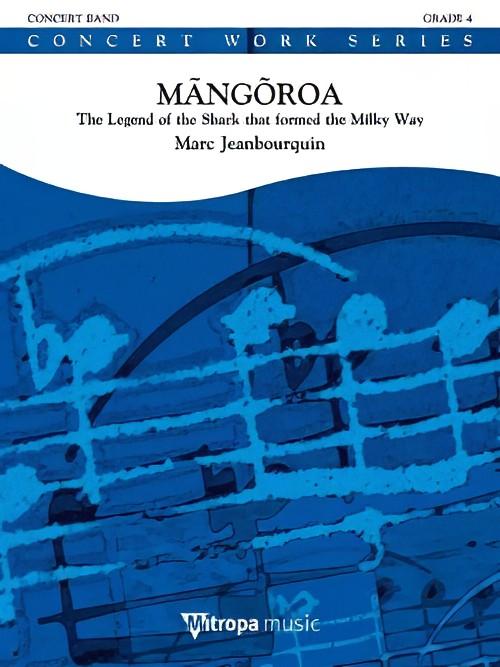 £144.99
£144.99Mangoroa (Concert Band - Score and Parts) - Jeanbourquin, Marc
The Legend of the Shark that formed the Milky Way. A famous New Zealand legend recounts the story of the white shark Mangoroa who was placed in the heavens by the demi-god Maui to protect Maori tribes on Earth. The composer depicts rituals and several other aspects of the story using an optional didgeridoo, singing and even shouting as special effects in this stunning piece. A must-play for bands that fancy a nice challenge. Perfectly suited for thematic concerts or contests.Duration: 9.00
Estimated dispatch 7-14 working days
